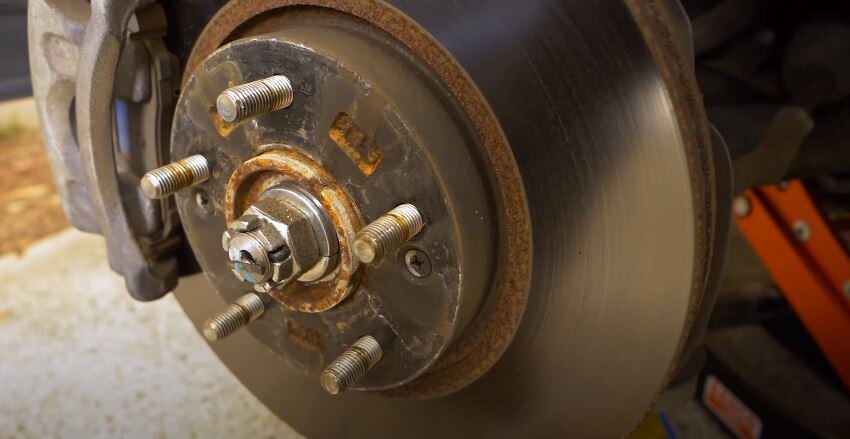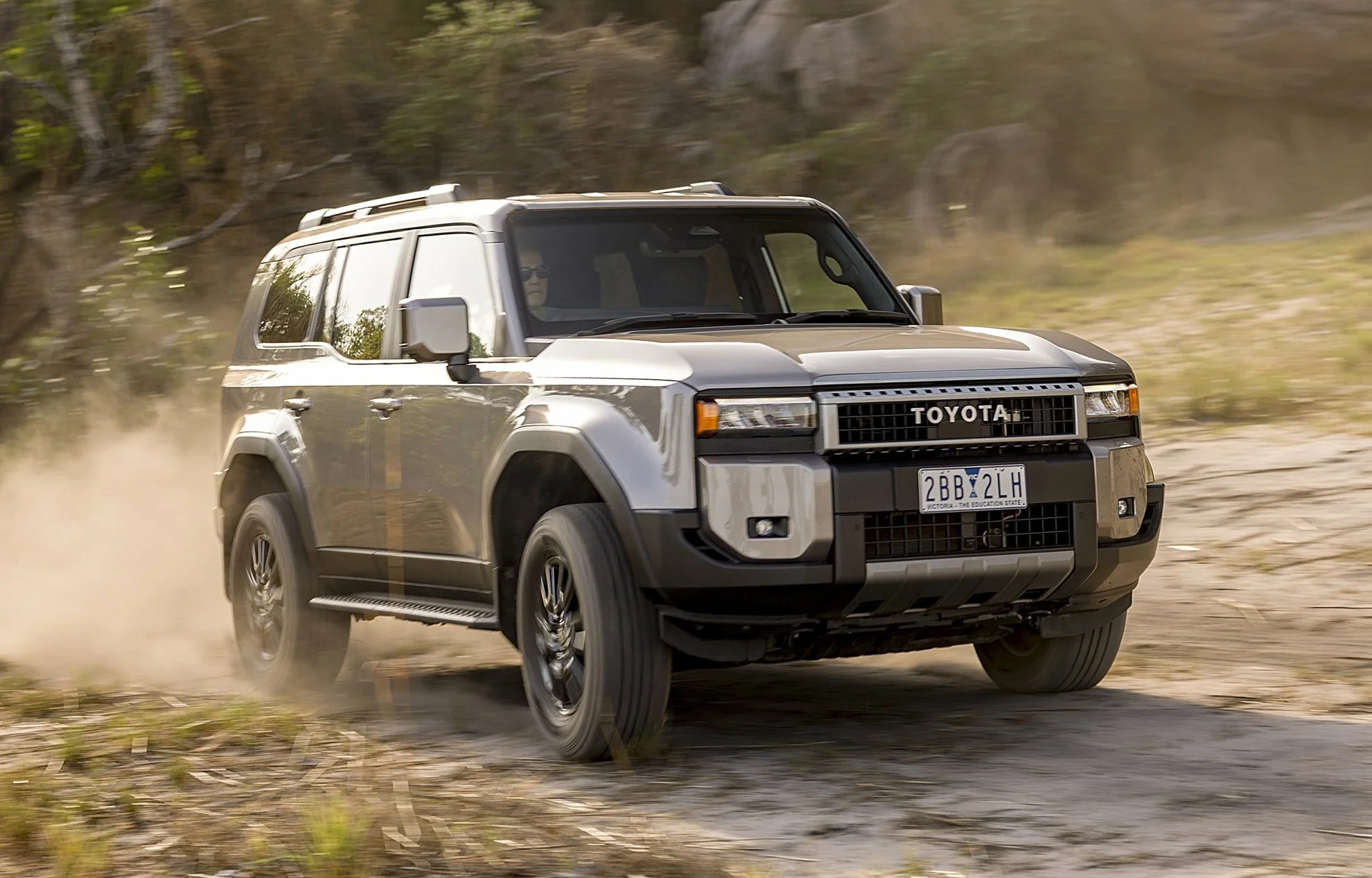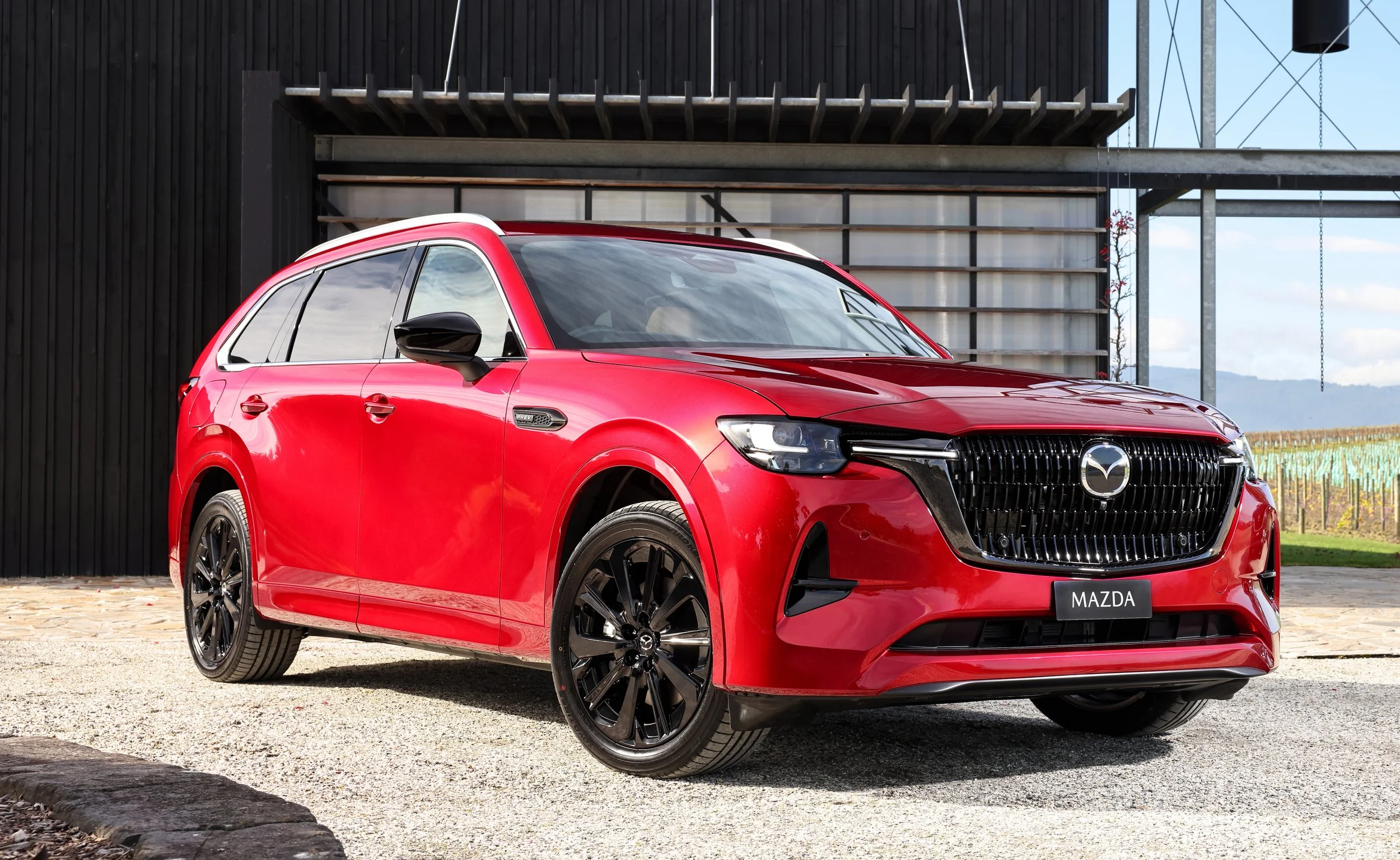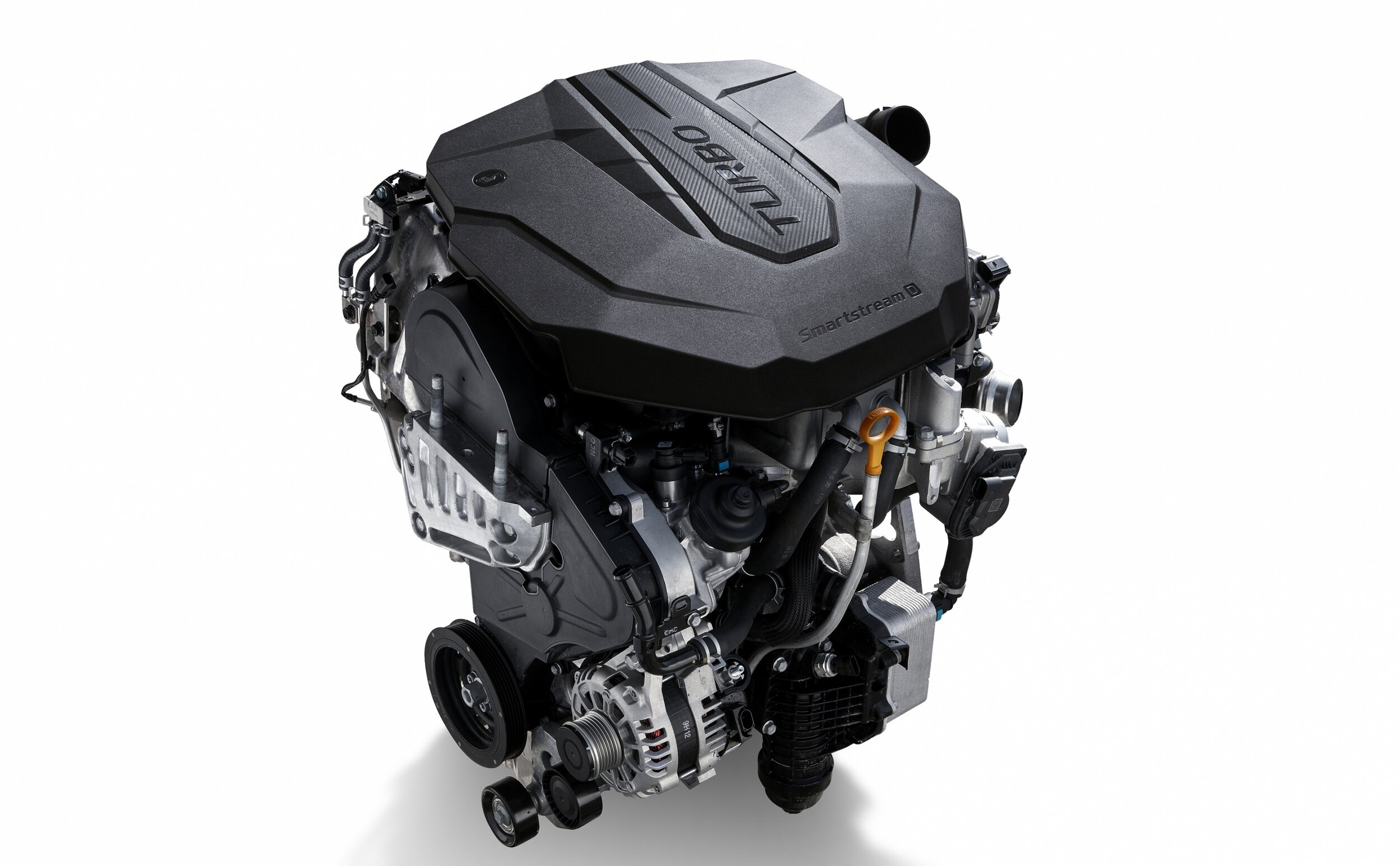Ultimate anti-seize guide: copper aluminium, nickle & graphite
Once and for all, let’s bust the myths and get the facts straight about applying anti-seize grease to your wheel nuts, thanks to feedback from you…
Before we get going on the anti-seize ultimatum, do some catch-up on greasing wheel nuts without over-tightening >>
And my responses to feedback on that report >>
So, here’s a question from Jim, off the back of that recent report on anti-seizing wheel studs.
A number of technical questions:
1) does the 30% less torque rule apply to all personal vehicles when anti-seize is applied? and;
2) Does it matter whether silver (aluminum? [sic]) or copper anti-size is used, for example on aluminum [sic] wheels?
I'm asking #1 because I saw another tuber say use 10% less torque when you use anti-seize.
- Jim Stadler
Just to recap, I advised taking the torque spec in the manual (which is generally for ‘lightly oiled’ threads - which you might think of as ‘dry’, meaning just residually lubricated) and then knocking 30 per cent off that torque if you apply anti-seize.
And it’s not ‘all personal vehicles’. It’s all bolted joints where there’s a torque spec. The official recommendation is: Heavily lubricated; knock 30 per cent off. If you’re going all SpaceX and sending men to Mars - use a more precise procedure to determine actual clamping force. That’s how industry rolls.
The difference between me and some potentially uninformed nutbag is that A) I’m actually an engineer with some hands-on familiarity with bolted joint design. So I can tell you that most wheel studs on passenger vehicles are grade 10.9 high-tensile studs (that’s the middle of three common high-tensile grades).
They’re generally M12 x 1.5. And you can confirm this because the assembly torque spec in the owner’s manual correlates closely to the assembly torque spec in bolt manufacturer’s tables for Grade 10.9 M12 x 1.5. That’s what they are.
And B) I can’t really comment on some other YouTuber’s advice to knock 10 per cent off, versus my advice to make it 30. What I can tell you is that the 30 per cent I recommend is not my opinion. I didn’t just make it up.
Instead, upliftingly, I took Ajax’s advice, which is to reduce the recommended assembly torque by 30 per cent for fasteners in that more heavily lubricated state. I’d expect one of the world’s leading bolt manufacturers to know their shit and get it right in their Fastener Handbook for Bolt products, which you can download independently and confirm.
(It’s in table 20 on page 50, where it says ‘standard finish plus heavy grease, conversion factor equals 0.7. Multiplying by 0.7 is the same as knocking 30 per cent off, FYI. It’s maths.)
Using a torque wrench is better than doing it by strange mental voodoo and a breaker bar, OK? But there’s still, like, 25 per cent variation in the actual bolt stretch, dry. Lubrication actually increases tension consistency, to less than 10 per cent variation from stud to stud. So, don’t take my word for it, take the Ajax bolt company’s word. If they can’t get this right, nobody can.
So I’d want to know on what basis someone else recommends taking 10 per cent off. Maybe it’s valid in some circumstances, and maybe they just made it up - it depends on the details surrounding that recommendation. I can’t really say much more about that, except that my anecdotal experience is that none of the wheels have fallen off any of my cars when tightened this ‘30 per cent off’ way.
Wanna know more about the mad metallurgy of high-strength steel in modern cars? >>
Seizey peasy
Speaking of all things slippery and lubricated: As for the copper versus aluminium: Anti-seize is basically just a high-temperature grease blended with some solid lubricating powder. The solid lube can be aluminium, copper, zinc, nickel or graphite, or a blend.
Because of the solids, you can’t use anti-seize on parts that move. Like, don’t pack bearings with Copper-Eze, or something. It’s for parts you fit together, which don’t typically experience relative dynamic movement - anti-seize is great.
Copper or aluminium (or any of the others) is fine for wheel studs. There’s nothing that contra-indicates the use of copper against alloy wheels. It’s not going to promote corrosion. It’s gunna be fine.
Typically, copper-type anti-seize has a higher temperature tolerance than aluminium - about 1000 degrees C for copper and 850 for aluminium. Ballpark. Nickel-based compounds go up to about 1300 degrees C. Some non-metal ones like calcium fluoride can do that as well.
They often use calcium-fluoride or calcium-oxide, stuff like that, to minimise heavy metal pollution in industry - and the fines that increasingly accompany that. (Only important when you’re buying anti-seize in swimming pool-sized containers, I guess.)
One of the reasons not to use copper anti-seize in industry is that it can kill some catalysts - like in a refinery. So expensive to replace. But your wheels and exhaust pipe studs, spark plugs - they won’t care about that.
Copper, graphite, aluminium - all excellent electrical conductors, so that kind of anti-seize tends to be pretty good for spark plug threads, earth lead screws, etc. Anything that demands a flow of electrons. Anti-seize is much better than corrosion - which greatly increases electrical resistance.
Going nuts
The only other time anti-seize composition really matters is in industries with high-purity demands - like nuclear reactors and food processing. But we’re talking about wheel studs here. Any anti-seize is gunna work just fine.
Go nuts - if you really want, use nuclear-grade calcium-fluoride ‘whatever’ for a billion bucks a gram, it’s probably overkill. My $20 half kilo of Copper-eze is compatible with every assignment I will conceivably throw at it until the day I die. Just don’t get it on your Sunday best ‘Freddy Mercury’ jumpsuit - it’s a bastard to get off.
Now you know all this I dare you do go forth and attempt to metastasize a wave or anti-seize logic and rationality in a sea of uninformed online nutbaggery and outright dumb-shittedness. I can’t see us winning but it might be nice to try.
























The Mazda BT-50 is more than just an Isuzu D-MAX clone. It can tow, carry and transport with relative ease, but it’s also great value and offers a premium interior - for a ute.